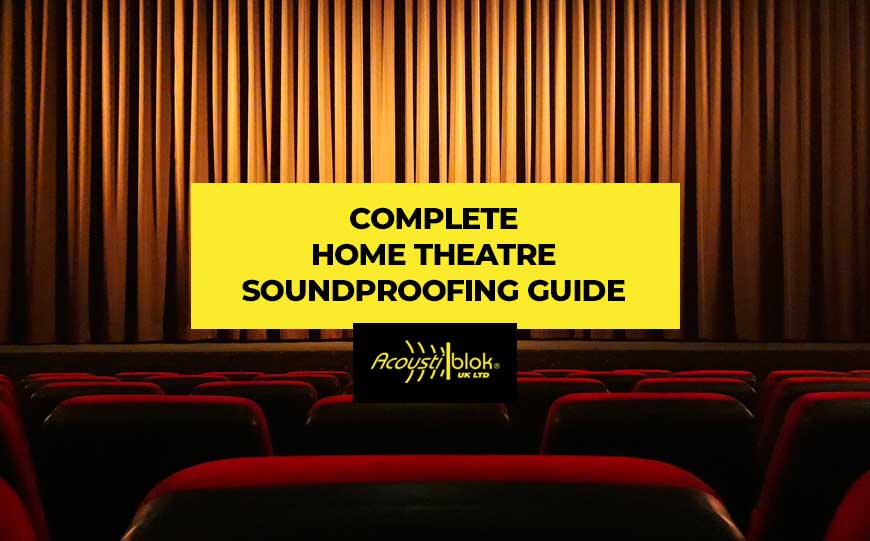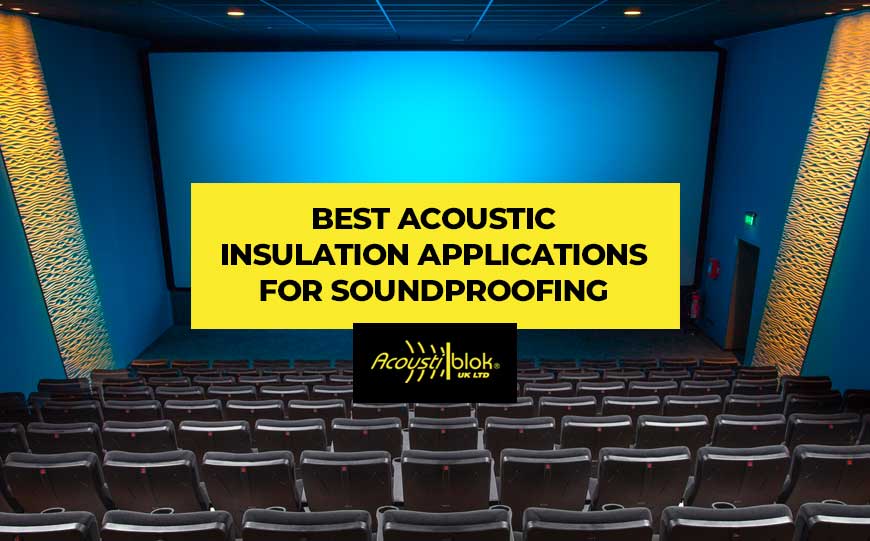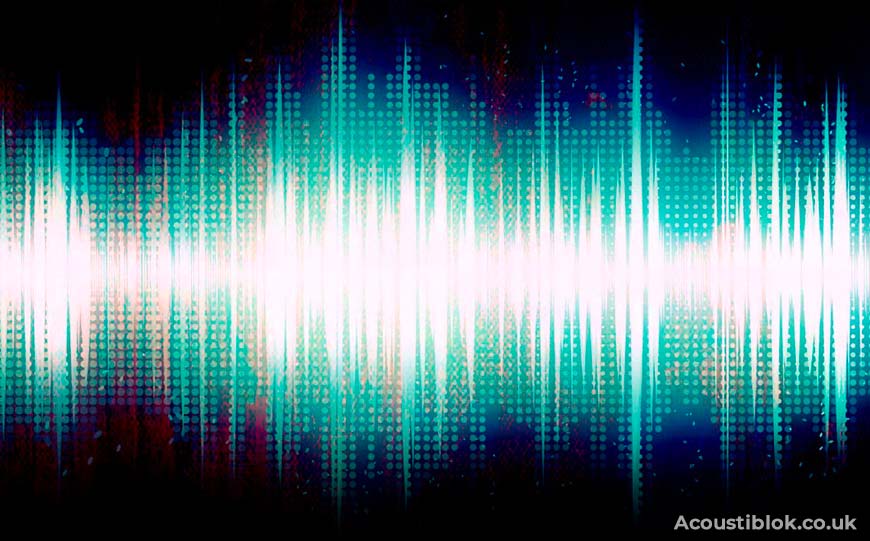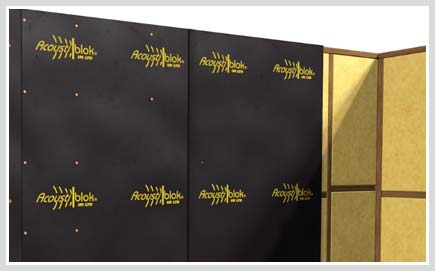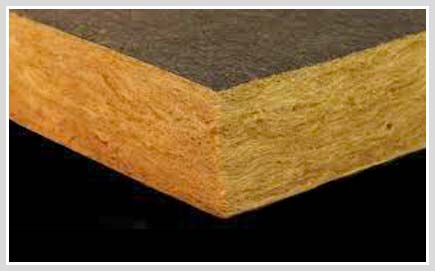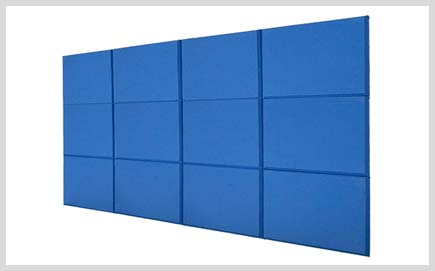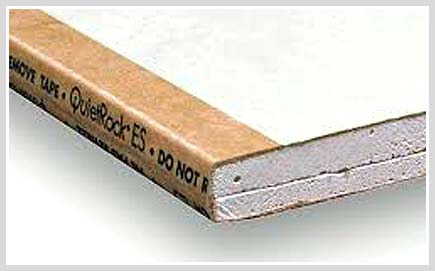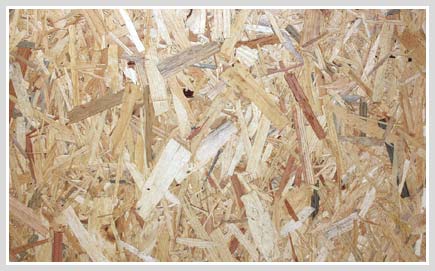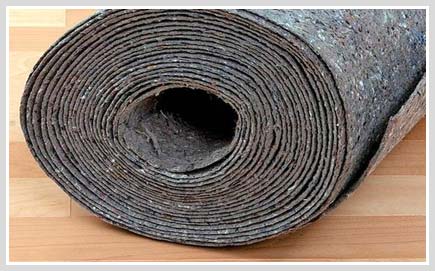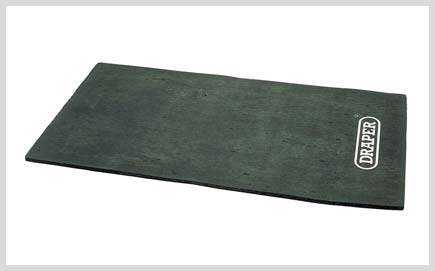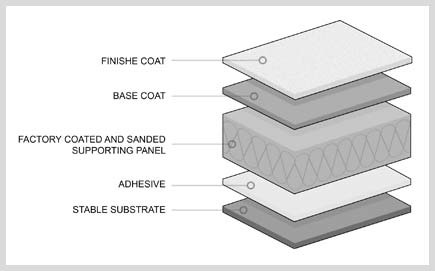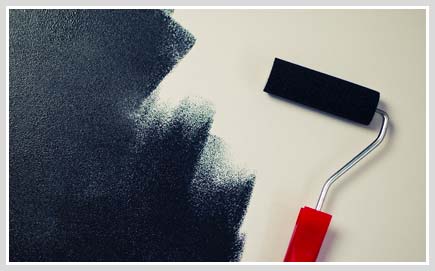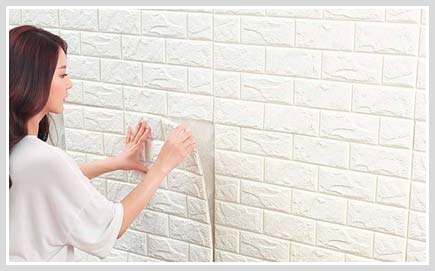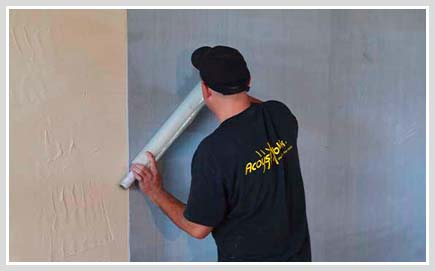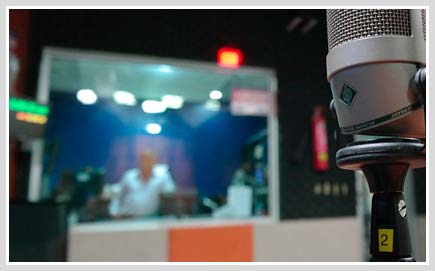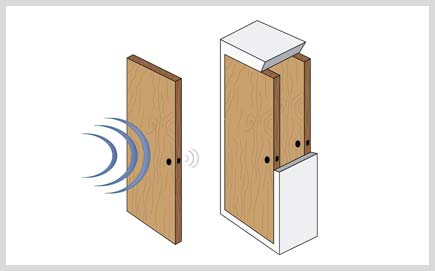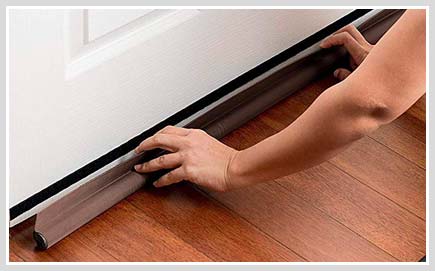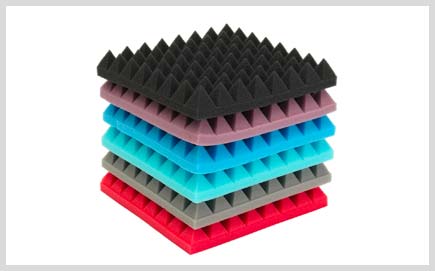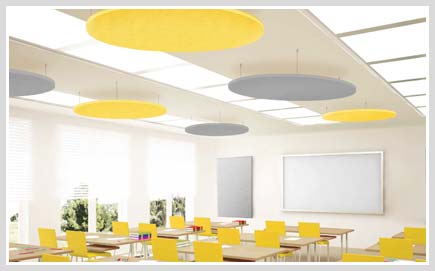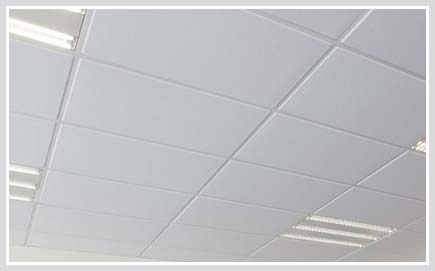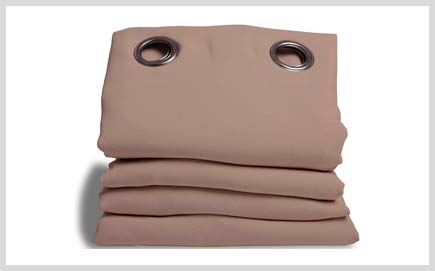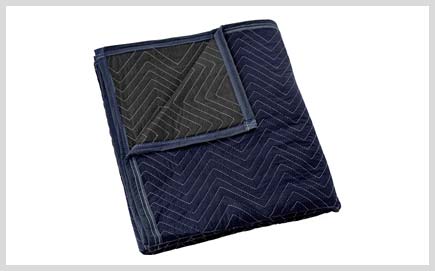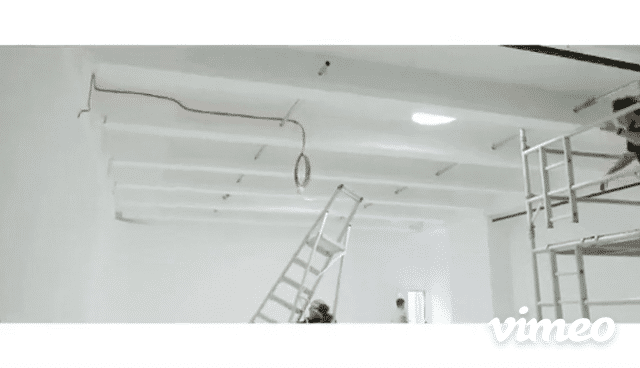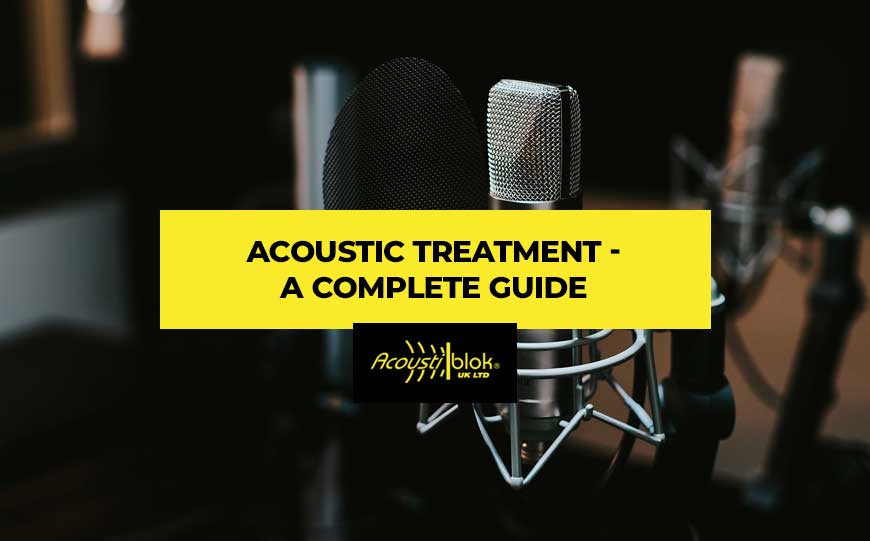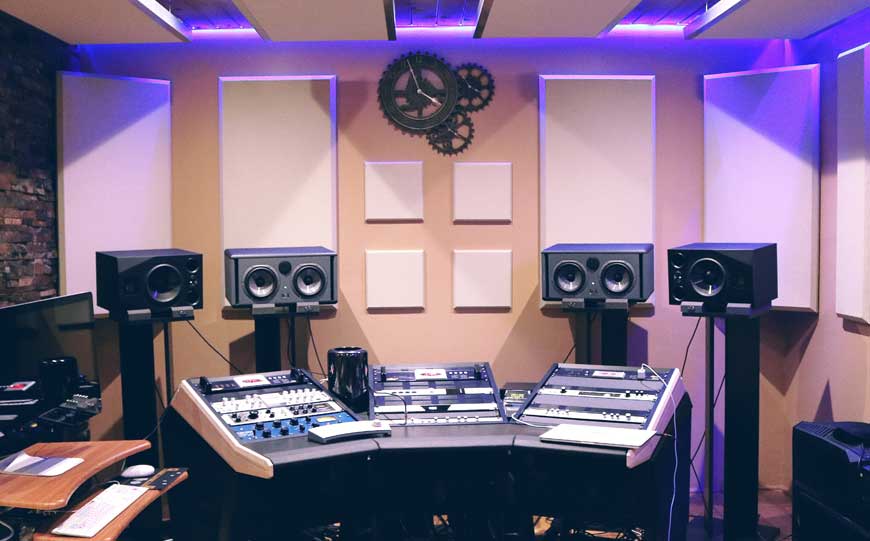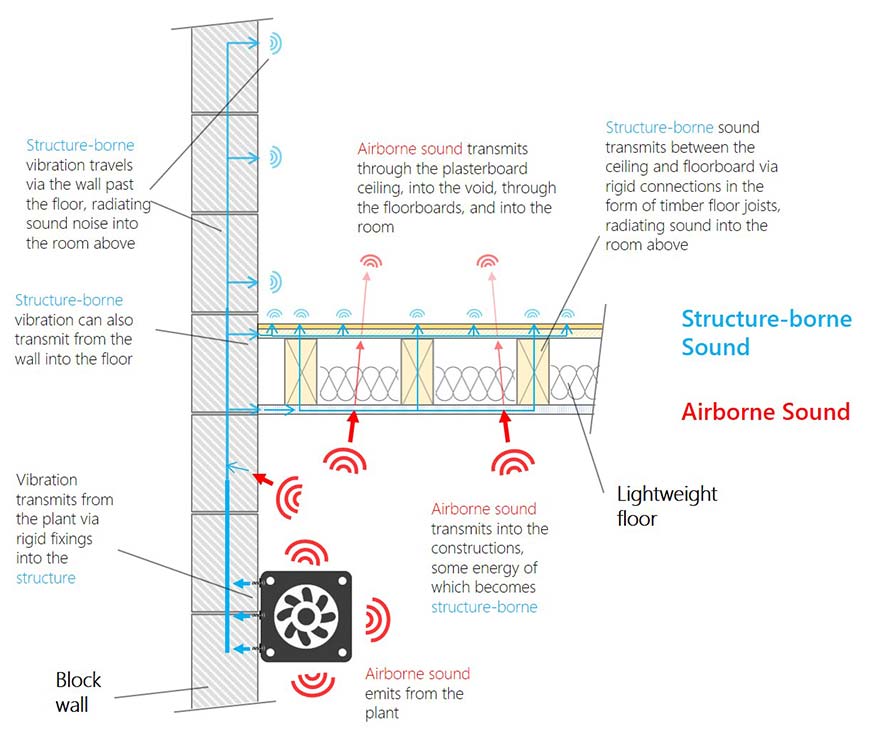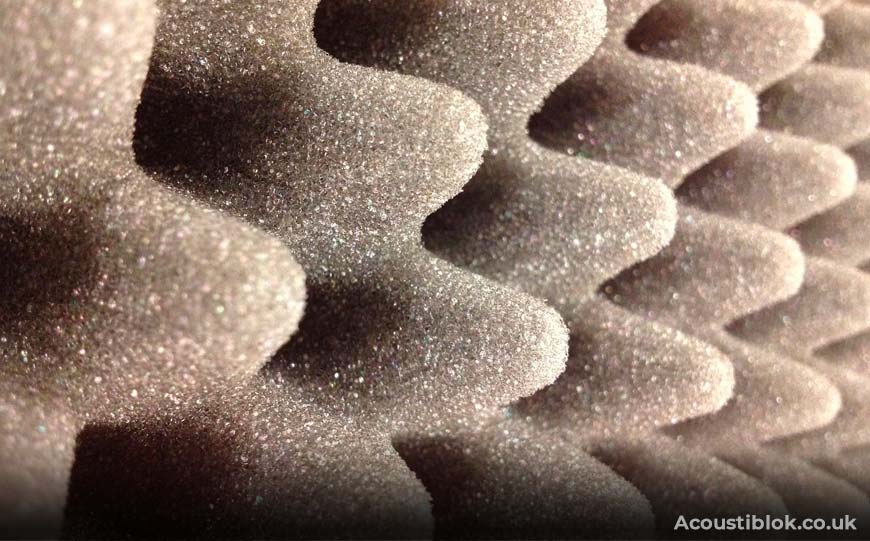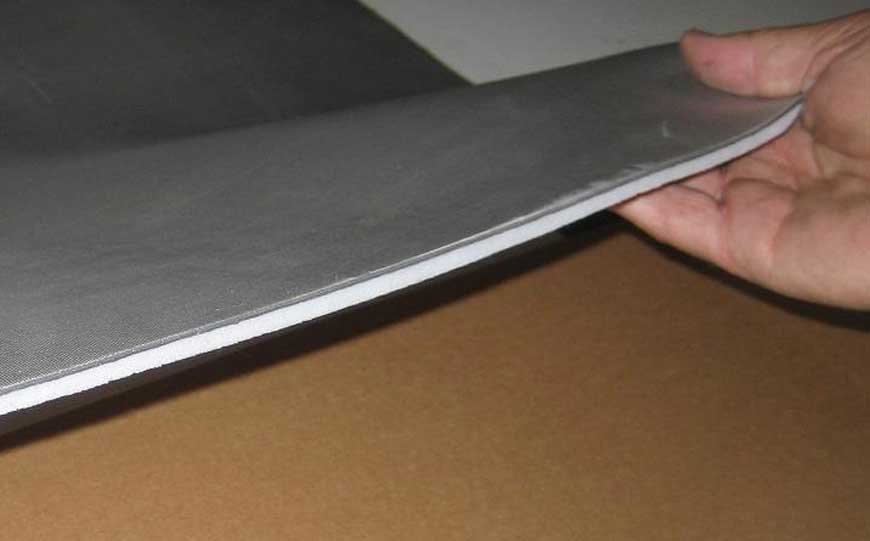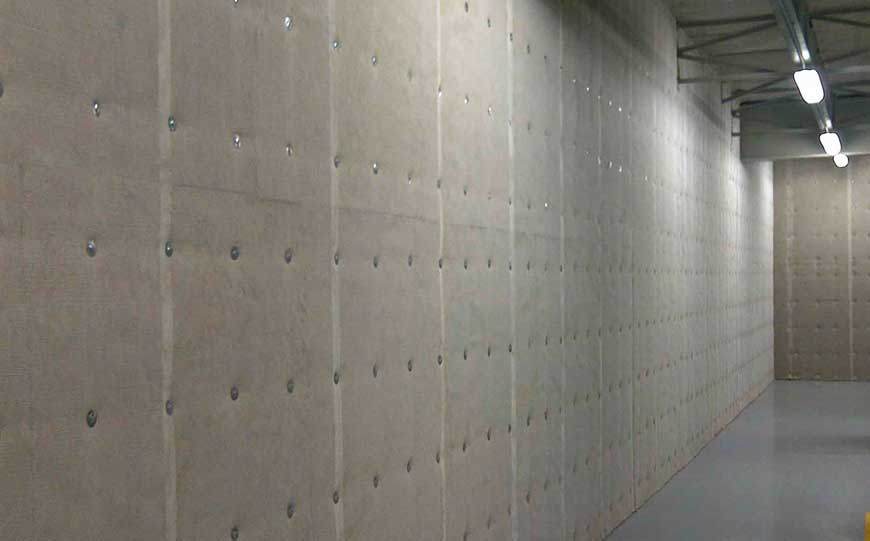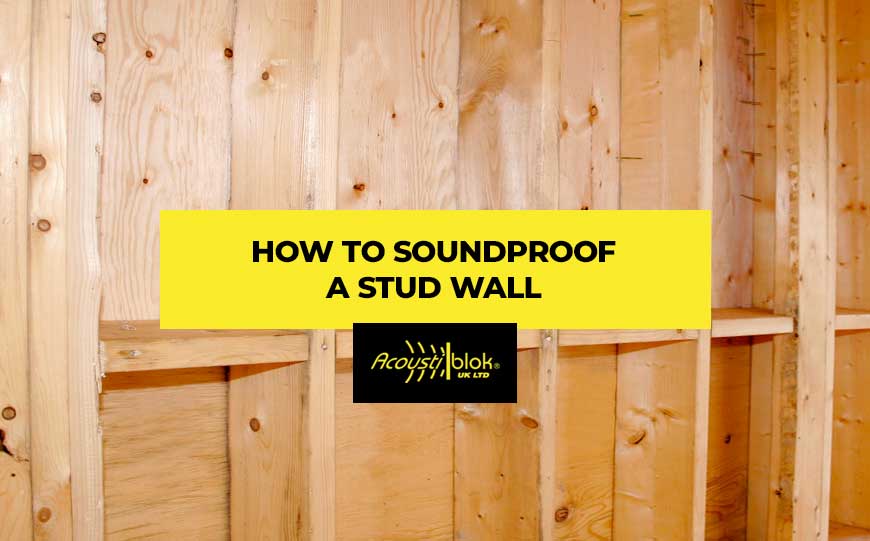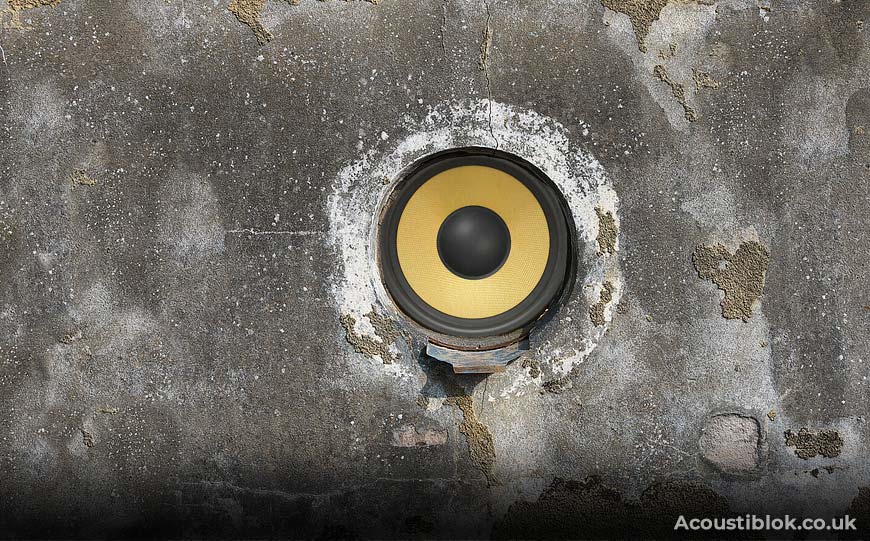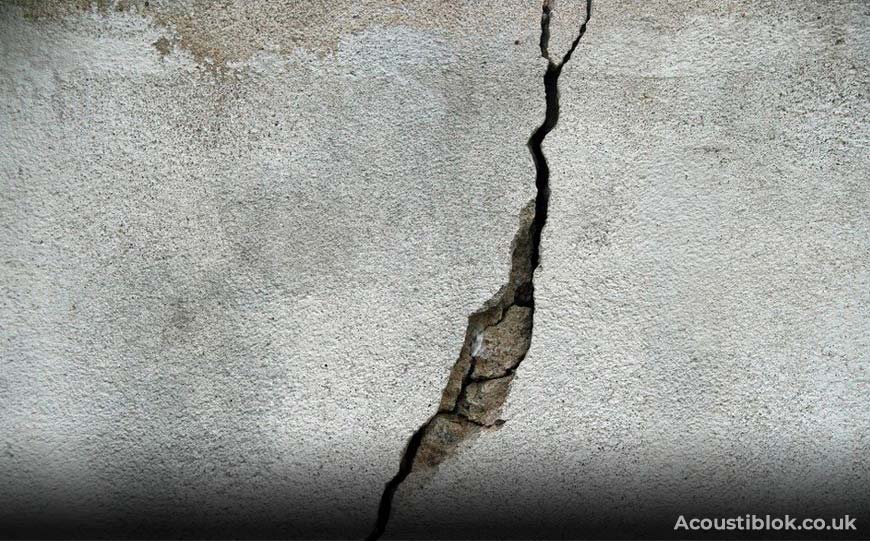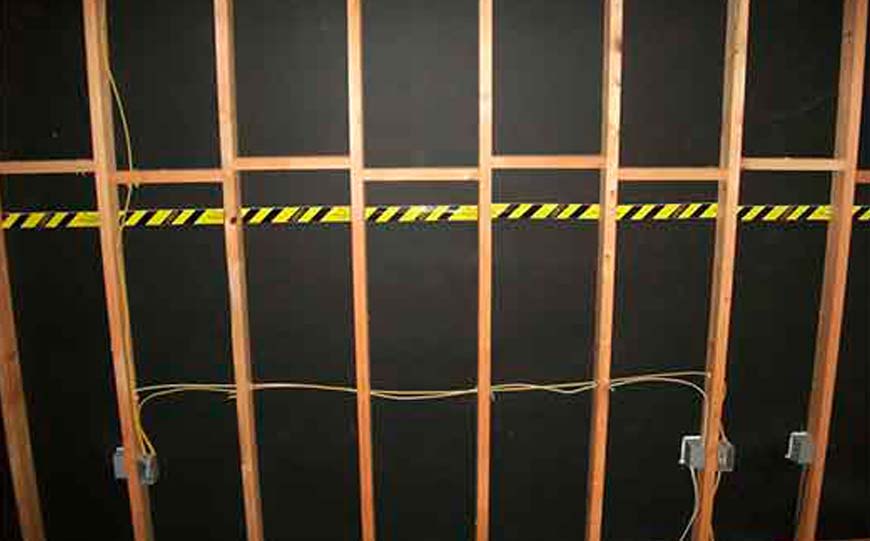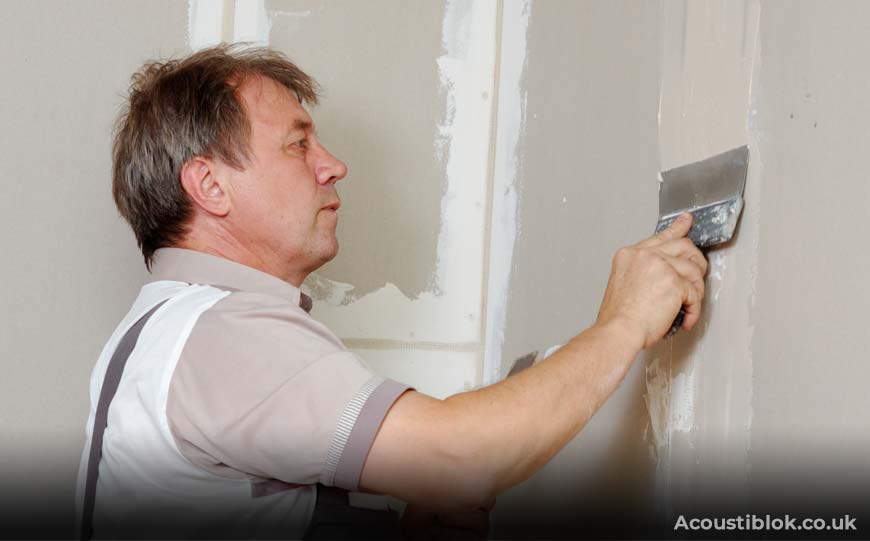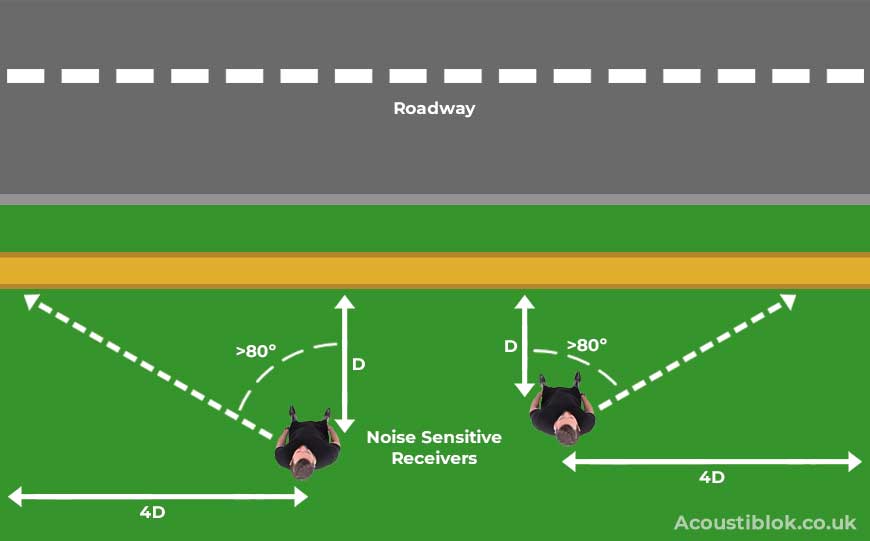Complete Home Theatre Soundproofing Guide
Ask any movie lover what their ultimate home entertainment ambition is, and the most common answer you’ll get is to own a fully fledged professional grade home cinema room.
With more of us now enjoying on-demand entertainment at home rather than going out to the movies, a home cinema room is the dream ticket.
Not only will this greatly enhance your home entertainment experience, it will also add value to your property.
The fact is however, setting up a home theatre requires a lot of planning and the correct materials applied appropriately.
Most home theatre systems produce sound at very high volumes, with wide ranging frequencies from low thunderous bass, to mid-range and high end crashes and bangs, especially during action movies.
It’s therefore important to give utmost consideration to soundproofing the cinema room to prevent noise from interrupting adjoining rooms and neighbouring buildings, as well as acoustic calibration to get the ultimate in sound quality inside the room.
Soundproofing and acoustic calibration are rather complex fields, especially to the amateur enthusiast.
So knowing how to get started and how to go about this process correctly is important to achieving the desired results.
在本指南中,我们出发去解释我的过程n an understandable way, and help you start your journey towards getting the home cinema room you always craved.
Table of Contents
How Sound Travels Around a Room

Image credit:Amrita
Firstly, it’s important to understand how sound travels around a room bearing in mind that a home cinema system will be creating considerable levels of sound.
No doubt, you will have come across the term ‘soundwaves’, with the reason being that sound travels in waves in a forwards and backwards motion.
Whilst doing so, the air particles near the source are compressed.
Then, when the soundwaves move forward, they will in turn compress the other air particles.
Soundwaves can basically be described as simple vibrations.
And thus the process of acoustical control for example, is to create barriers in order to reduce such vibrations.
This is where soundproofing comes into play.
如何测量传声吗
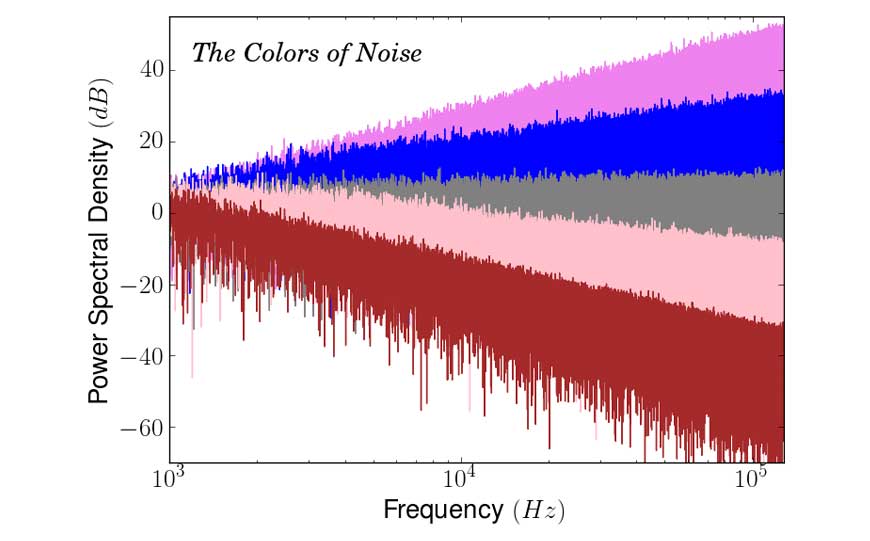
Image credit:Wikipedia
Sound transmission is measured by carrying out sound tests.
Every material that is used for soundproofing purposes will have an associated STC (Sound Transmission Class) rating.
Its performance is measured by subjecting the material to soundwaves at varying frequencies.
Any loss in sound power is then recorded on the other side of the material.
This is measured in decibels.
The resultant transmission loss, also referred to as TL, will then be plotted out to ascertain the overall STC value for that material in question.
As a general rule of thumb, a minimum of STC 50 is considered as the rating that meets the International Building Code standards for new properties.
Anything below that is considered a poorsoundproofing material.
In stud walls for example, the STC can be further increased by adding a secondary layer of drywall paneling for increased mass / density.
There are various ways to go about improving soundproofing a cinema room and different types of materials that you can use.
This is why it’s best to seek the assistance of anacoustical consultantto advise on the best options.
Airborne Sound & Structure-Borne Sound
Essentially, there’s two types of sound sources – airborne sound and structure-borne sound.
In the case of airborne sound, the sound reaches the ears by traveling through the air.
But in the case of structure-borne sound, noise is generated when the soundwaves come into contact with solid objects or structures.
This causes both vibrational noise (possibly leading to flanking transmission) and also a deflection or bounce back soundwave.
Generally, the majority of sounds we hear have both airborne as well as a structure-borne sound combined.
However, structure-borne sound travels faster than airborne sound.
And since they tend to be in the lower frequency range, they tend to be more difficult to deal with from a soundproofing perspective.
This is because vibrations may occur in parts of the wall that’s either connected to, or in close contact with drywall panels which will react to structure-borne sounds.
Commonly referred to as ‘flanking transmissions’.
As a result, the sound will be heard in adjacent rooms.
Ways to Soundproofing a Home Theatre
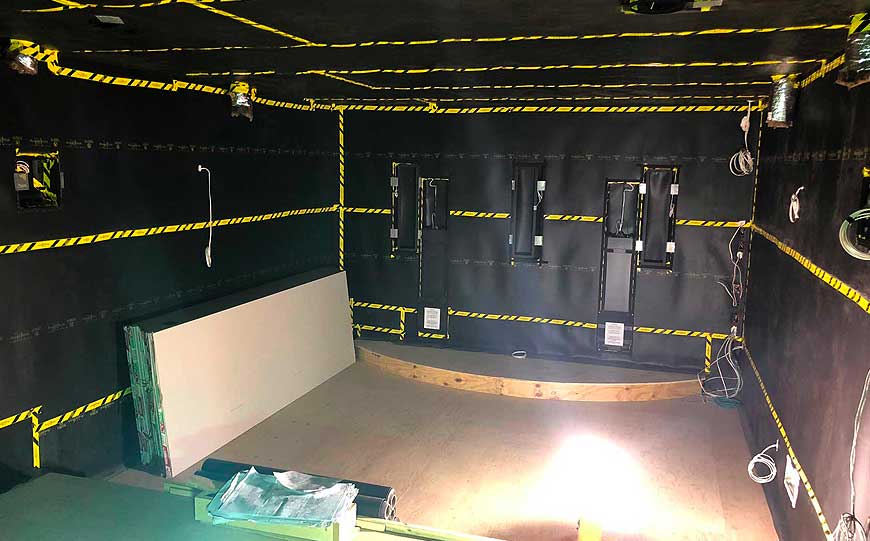
Image credit:欧宝娱乐官方平台电话
The following are some ways which can be used to soundproof a home cinema effectively.
These may be used in conjunction with others depending on the room size, the structure of the room, your budget and certain other key considerations a professional soundproofing expert may identify.
Add Mass & Density
Adding mass is one common way of soundproofing a home cinema room.
When you add as much mass as possible to a surface, it will perform much better at muffling low frequency sounds, which are considerably hard to control.
For best results, it’s recommended to use smart composite materials.
基本的立柱墙/一层石膏板将typically have an STC rating of around 32dB.
To give you an idea, every doubling of mass will be able to reduce the power of the sound output by 6 decibels.
That said, even this in isolation is not going to block all low frequency sounds completely.
So besides adding mass, other techniques will need to be applied to a home theatre room in order to contain sound better.
Decoupling
Decoupling is one of the most effective soundproofing methods for a home cinema room.
It’s ideal to push the STC level over 60, which is necessary for the high volume sounds produced in such a room.
Decoupling can help to absorb the bass frequencies effectively.
This is because two adjoining surfaces will be separated from each other, practically leading to a ‘double wall’ system.
Consequently there will be an air cavity in between, which will kill most of the sound.
Metal channels are generally used to achieve this.
The vibrational waves which are transmitted from structures, that is, structure-borne sounds, will thus be better contained with such a technique.
However, it’s crucial for the separation space to be large enough in order to avoid resonance.
That’s why applying this technique in conjunction with others is recommended.
Thermal Conversion & Sound Damping
Many would argue that this is the most important part of soundproofing any type of room, but it’s even more important in the case of a home cinema room.
For best results,ob电竞平台 is well recognised and used extensively commercially as well as within the AV / home cinema industry.
This material is used as well as the other materials and principles (not instead of other materials) to add an intelligent insulation layer to thermally convert acoustic energy via vibration into heat energy.
This outperforms, mm for mm, other materials and principles.
Importantly it helps and allows the other materials and principles within the detail / assembly to work more efficiently.
This is because by converting problematic acoustic energy into less problematic thermal energy it reduces vibration / flanking transmissions through the substrate.
ob电竞平台 greatly helps across all frequencies, even with the more powerful and troublesome low frequencies.
Combining sound damping with decoupling is highly recommended for a home cinema.
Rattling sounds can be greatly reduced and thus the sound quality in the room will benefit.
Resilient Channels
Resilient channels are essentially L-shaped or C-shaped strips made from metal.
For ceiling applications they may be referenced as ‘top hat’ channels as they are shaped like a top hat.
Differing types of these are often used in soundproofing projects and especially in AV / cinema installations to further combat the inevitable high energies.
They’re laid across / perpendicular to studs or joists, in order to help minimise structure-borne sounds that manage to pass from the drywall to the timber or metal studs or joists.
They can also be very helpful in conjunction with the installation ofob电竞平台 as previously referenced.
The channels have a flange at the bottom to enable them to be screwed to the wood and leave the top section loose.
Resilient channels are very effective at adding another level of decoupling and are relatively affordable but do add another layer of depth to the overall wall assembly.
However, as with all materials, it’s crucial to opt for the better quality channels and to ensure they’re installed correctly, as otherwise the final soundproofing quality will suffer.
Moreover, while they do well with high frequencies, they are not as good at dealing with low frequencies unless applied in unison with other techniques.
As is a common theme in all works of acoustic insulation, the devil is in the detail.
Isolation Clips
There are many types of sound isolation clips with the most common being metal connectors which are covered with rubber.
These are attached to wall studs directly and connected with furring channels.
The latter is made from steel or aluminum strips of metal designed in a u-shape, which serve to isolate the drywall from the studs.
The rubber greatly helps to minimise structure-borne sound transmission and flanking transmissions.
Isolation clips are relatively more expensive than resilient channels, but are somewhat easier to install and provide good soundproofing results.
They’re also less prone to sagging issues.
Double Stud Walls
When it comes tosoundproofing the wallsof your home cinema room, there’s numerous considerations that need to be taken into account.
This includes whether you’re aiming for acoustic isolation or calibration, as well as the construction techniques you will be using to house the AV equipment, speakers, screens and points of source ignition.
One of the best soundproofing methods is to construct double stud walls.
While room space will inevitably be lost as a result, this is one of the best decoupling options, especially for a home cinema room.
A double wall made of drywall is generally the most practical option but your own critical tolerances on space and performance criteria will dictate the approach.
A standard single stud wall assembly provides an architecturally recognised STC of 36dB, which is not a lot of acoustic mitigation.
Think of the stud wall between bedrooms and ensuite bathrooms which are not particularly successful in containing noise!
However byadding a single layer of Acoustiblok 3mm Isolation Membrane to a single stud wall assemblycan increase the STC rating from 36dB to approximately 53dB.
Byadding a double layer of Acoustiblok 3mm Isolation Membrane to a single stud wallassembly, you can increase the STC rating from 36dB to approximately 57dB.
Furthermore,adding Acoustiblok 3mm Isolation Membrane to a double stud wallassembly can increase the STC rating to approximately mid 66dB.
You may also wish to consider using an open cell cavity insulation with increased density such asAcoustiblok QuietFibreinstead of lighter weight fibre or foam.
Increased density increases the noise reduction coefficient (NRC) of the material.
Acoustic sealant should be used in any area where cutting, overlapping and jointing is done, as well as to any seams and gaps.
Staggered Stud Walls
A staggered stud wall is a popular option as it can help to save space, especially if this is somewhat limited.
While it may not be as effective as a solid counterpart, it’s still an option that you could explore.
As an example, astaggered stud wall assembly incorporating a single layer of Acoustiblok 3mm Isolation Membranecan provide an STC of around 57dB.
Plasterboard & Drywall
Plasterboard or drywall is a popular type of paneling material since it’s relatively inexpensive and easy to install.
There are many various types available offering differing thicknesses and densities / weights.
As mentioned earlier, by adding an extra layer of plasterboard or drywall to a stud wall, you will be able to contain high and mid-frequency sounds reasonably effectively.
This will add more mass and density that sound will have to combat.
However, although seen largely as a positive move it can also add a lot of additional weight to the assembly and its own weight and rigidity can also vibrate to create levels of increased flanking transmission in way of a knock on effect through itself.
In order to better contain low frequency sounds however, it’s best to specify this with the use of decoupling, thermal conversion and isolating techniques that can greatly improve results overall.
Mass Loaded Vinyl
Mass loaded vinyl can be another way of introducing mass as a membrane within a thinner material.
Many use it in between two layers of drywall although results are largely as a result of other key decoupling, convertive and deflective principles along with attention to detail, but every little helps.
Dampening Compound
Applying dampening compound is highly recommended if you’re going to add an additional layer of drywall.
A dampening compound is essentially a viscoelastic adhesive which can offer dampening as the elastic has energy absorbent properties.
Dampening compounds help to reduce low frequency sound transmission.
Acoustic Sealant
Acoustic sealant or caulk, is of great importance when soundproofing a home cinema.
It’s critical to seal each and every gap that’s present to prevent any potential sounds leaking out.
Gaps are commonly found around panels, fixtures and fittings.
Wherever there’s a gap, the area needs to be filled up with as an exampleAcoustiblok Acoustic Sealantin order to prevent any transmission of airborne sound waves.
Acoustic Putty
Acoustic putty can also be used to close openings within the material.
For example ,around electrical back boxes and where services penetrate theob电竞平台 .
Floor Underlay
Floor underlayment is another consideration, especially if there are rooms beneath the room where you’re planning to have your home cinema. Planning and the optimum location is key.
Having a soundproof underlayment between the floor and the subfloor is crucial in such a case, if not a completely isolated and fully treated floor assembly.
Various types of materials can be used for floor underlay.
This includes shredded or foamed rubber, cork or a bituminous membrane, hybrid foam and rubber base layers or of course the well recognisedAcoustiblok 6mm Isolation Membrane.
Soundproofing your floorcan thus be done in various ways and by using different materials, and the choice will ultimately depend on your budget and preferences.
Carpet Tiles
Carpet tiles are very popular for home cinemas as they’re aesthetically pleasing and also quite effective for soundproofing.
The principles of acoustic isolation and acoustic calibration are really important here and can greatly affect the reverberation times and critical acoustic performance.
Carpet tiles are relatively easy to install and quite affordable too.
Nowadays, such tiles come with waterproofing qualities for more practicality.
Acoustic Panels
The principle of employing and designing these type of acoustic wall panels is strictly for the purpose of acoustic calibration rather than acoustic isolation.
Acoustic wall panels help to reduce the reverberation time and resonance of hard surfaces, thereby improving sound quality.
An all important consideration for a home cinema.
MostAcoustic Wall Absorber Panelsare available in a variety of sizes, colours and shapes.
They can be attached to the wall directly and are among the most effective and practical acoustic treatment options for a home theatre.
Where feasible, acoustic absorber panels such as theAcoustiCloud Panelscan also be detailed within the ceiling.
Sound Curtains
Sound curtains are a good way to soundproof a home theatre.
Specialised curtains will incorporate a heavy layer of acoustic membrane which will allow for good results in terms of soundproofing as well as to improve the room’s acoustics.
Bass Traps
Just as their name suggests, the main aim of bass traps is to capture low frequency sounds.
Bass traps come in various sizes and shapes.
They will greatly help in dampening low frequencies, thereby producing a better and flatter bass sound.
Soundproofing vs Acoustic Control
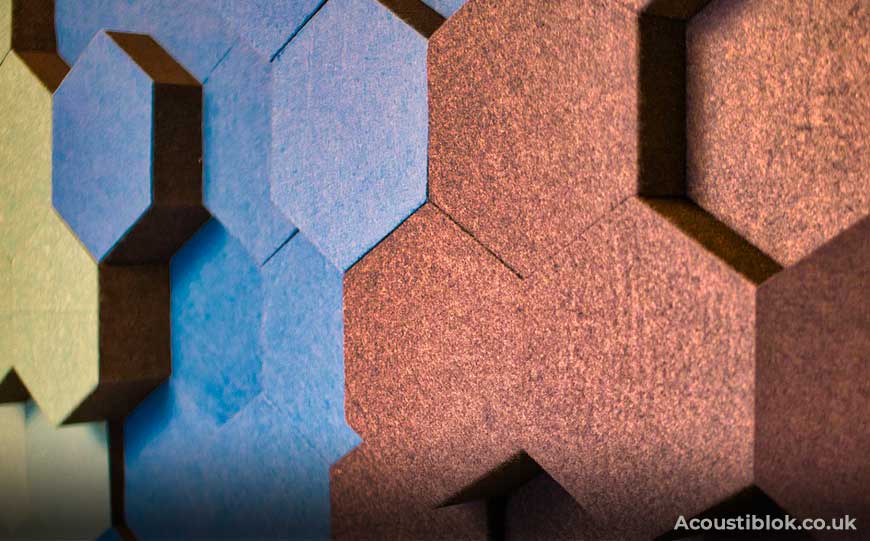
Image credit:Pixabay
Soundproofing is sometimes thought to be the same as acoustic control.
But in reality, this is not the case and they should not be confused with one another.
Soundproofing essentially aims to reduce sound waves that travel from room to room, whereas acoustic control focuses on managing the quality of the sound within the room.
It’s important to be aware of the differences between the two as it will allow you to reach your goals better by choosing the most suitable materials and techniques.
Acoustic treatment applicationswill include acoustic panels, acoustic foam, diffusers and bass traps, among others.
Whereas soundproofing techniques will revolve around other options as discussed above.
Home Cinema Seating Considerations
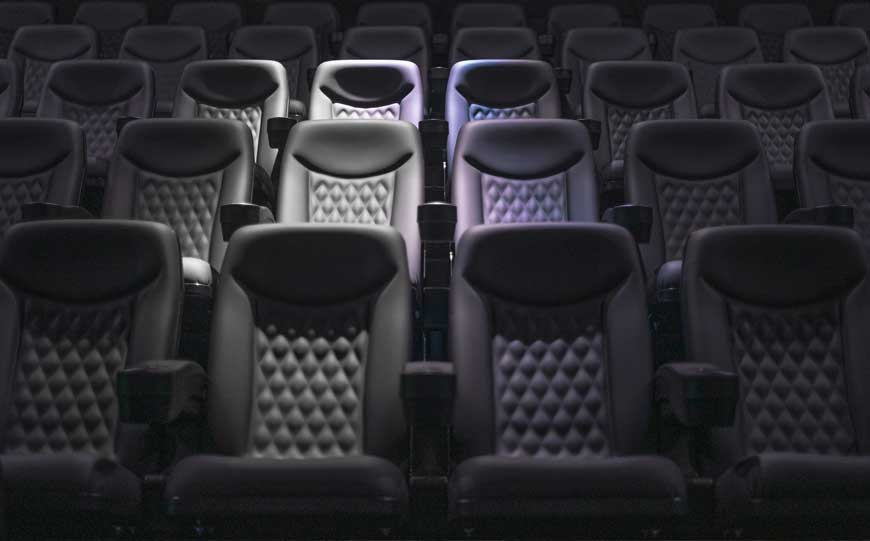
Image credit:Pixabay
You’ll probably not have considered this but in reality, the type of home cinema seating you install will greatly impact acoustics.
Hard surfaces are to be avoided as much as possible as this will create unwanted reflection, resonance and reverberation.
As a result, it’s highly recommended to opt for seating that is upholstered as these will help to absorb and dampen frequencies.
Room Equalisation & Sound Calibration
Room equalisation refers to the adjustment of the frequency output of the speakers in order to match the acoustic properties of the room.
Nowadays, most AVRs comprise room control apps, while older models will typically have a graphic equaliser to allow you to adjust the broad frequency bass and the mid and treble outputs.
But if it’s your aim to get the very best possible sound quality and overall balance as possible, you need to speak to a professional sound engineer or acoustical specialist.
Conclusion
Please consider this to be a simplistic overview of the basic considerations you may wish to ponder.
We hope that this guide has helped to give you a better idea of how to go about soundproofing a home cinema room.
The all important key is to firstly understand the differences between soundproofing and acoustic calibration.
Take your time to work on a plan that provides a suitable solution in a suitable location, that is fit for purpose.
Choose the location and type of AV equipment wisely.
Where an installation is suitably sized, we can not emphasise sufficiently the importance of engaging with a qualified and recognised AV professional.
这将有助于建立正确的方法,specification required to suitably fit aspirations, space and budget.
Where appropriate this may simply be an AV retailer or a recognised AV installer, orCEDIAapproved designer and installer.
Then it’s down to you to use the right materials and techniques, paying close attention to details which will make a huge difference to the final result.
It may be best to start off with something simple and practical, then explore other options until you find what seems to work best.
Combining different techniques is always recommended.
As mentioned above,consulting an acoustics professionalto establish the correct equipment of choice, its proposed location and installation followed by a suitable acoustic mitigation strategy is always advisable, especially in this field which is so broad.

